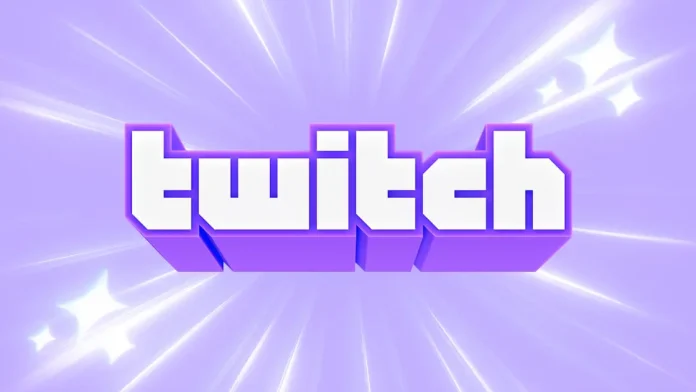Twitch, the world’s leading game-streaming platform, is navigating turbulent waters with what is being dubbed the “Twitch Adpocalypse.” This crisis has left streamers grappling with significantly reduced ad revenues, sparking widespread concern over the platform’s future. Declining ad spends, controversial content and advertiser pullouts are at the center of this developing story, as Twitch finds itself in a battle to maintain its dominance.
The Fallout: Declining Ad Revenues
Streamers are reporting drastic reductions in their ad income, with some creators experiencing revenue drops as high as 90%. This echoes YouTube’s infamous 2017 Adpocalypse, where advertisers fled due to concerns about their products appearing alongside inappropriate content. Similarly, Twitch faces growing scrutiny for hosting politically charged or controversial streams, which has led major brands like Chevron to pull their advertising from the platform.
The Role of Controversial Content

High-profile streamers such as Hasan Piker, known as HasanAbi, have come under fire for their politically charged streams, which critics argue contribute to Twitch’s monetization struggles. Fellow streamer Zack “Asmongold” has publicly pointed to HasanAbi’s content as a key factor in the platform’s decline in ad revenue. HasanAbi’s discussions on Middle Eastern politics have even drawn criticism from U.S. legislators, with accusations of promoting extremist rhetoric. These controversies have highlighted Twitch’s challenge in balancing free speech with maintaining advertiser trust.
Why Advertisers Are Leaving Twitch
The exodus of advertisers stems from multiple issues. Twitch’s limited tools for ad targeting and reporting make it less appealing compared to established platforms like YouTube. Additionally, the platform’s association with “adult content,” including the rise of hot tub streams, has tarnished its family-friendly image, further alienating potential sponsors.
Twitch’s Response and Future Prospects
To address these challenges, Twitch has expanded its Content Classification Label (CCL) system to restrict ads from appearing alongside sensitive or controversial content. However, this move alone may not be enough to stem the tide. Analysts suggest that Twitch must invest in advanced ad-targeting technologies and diversify its offerings, such as introducing shorter video formats to attract broader audiences.
Despite these efforts, the platform faces an uphill battle. Competitors like YouTube and newer entrants such as Kick are well-positioned to capitalize on Twitch’s vulnerabilities. Without significant innovation, Twitch risks losing its market share and could face a decline in overall quality, potentially impacting its core community of streamers and viewers.
Twitch’s Adpocalypse underscores the platform’s precarious position in a competitive and rapidly evolving digital landscape. The combination of advertiser withdrawals, controversial content, and insufficient ad-targeting capabilities threatens its financial stability. While efforts are underway to mitigate the damage, the platform must act swiftly to regain the trust of both advertisers and its user base. Twitch’s ability to adapt to these challenges will determine


